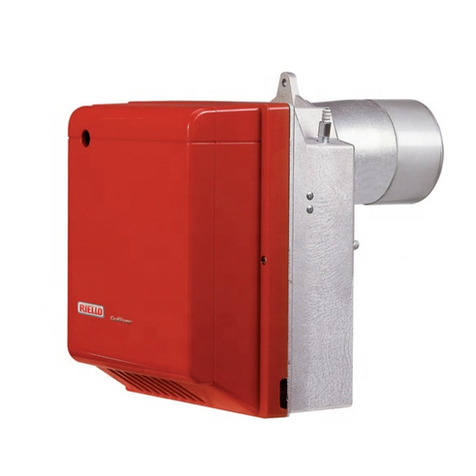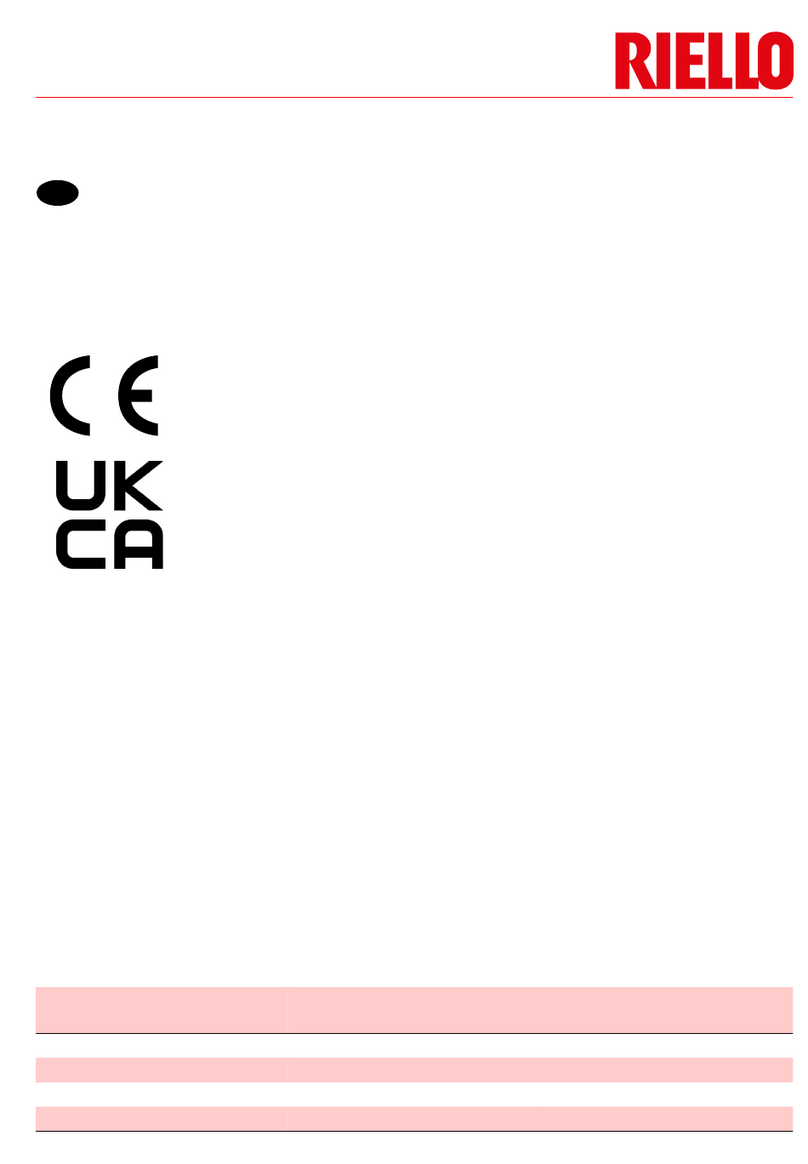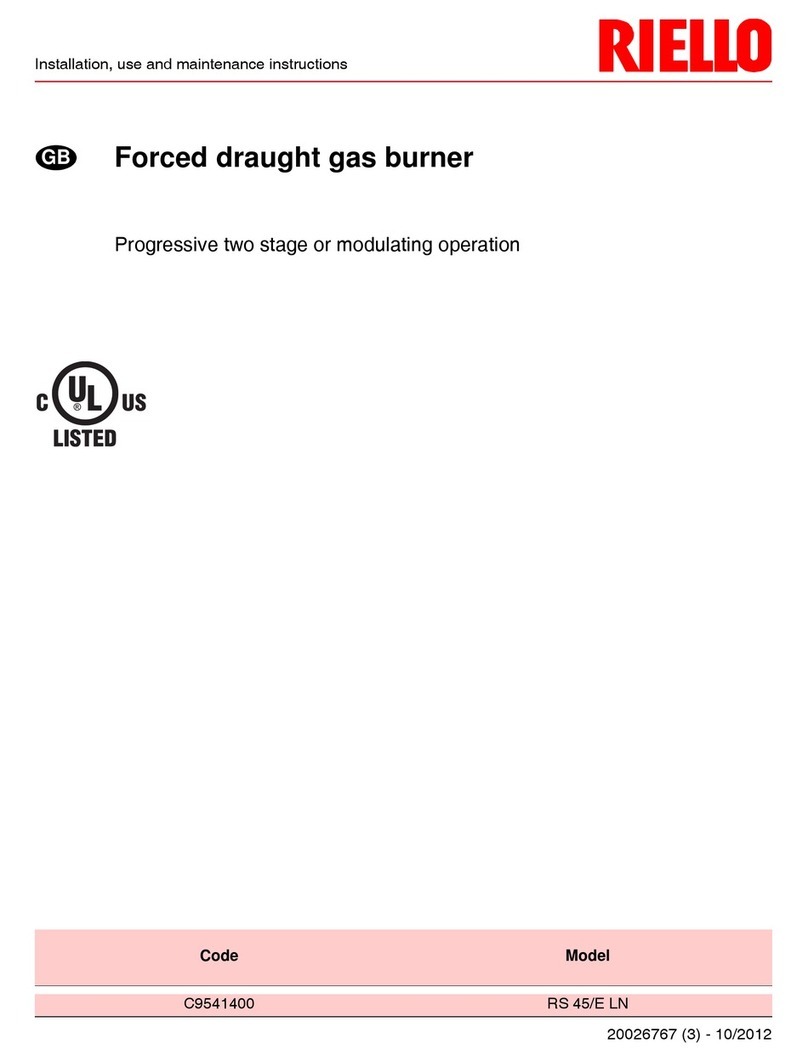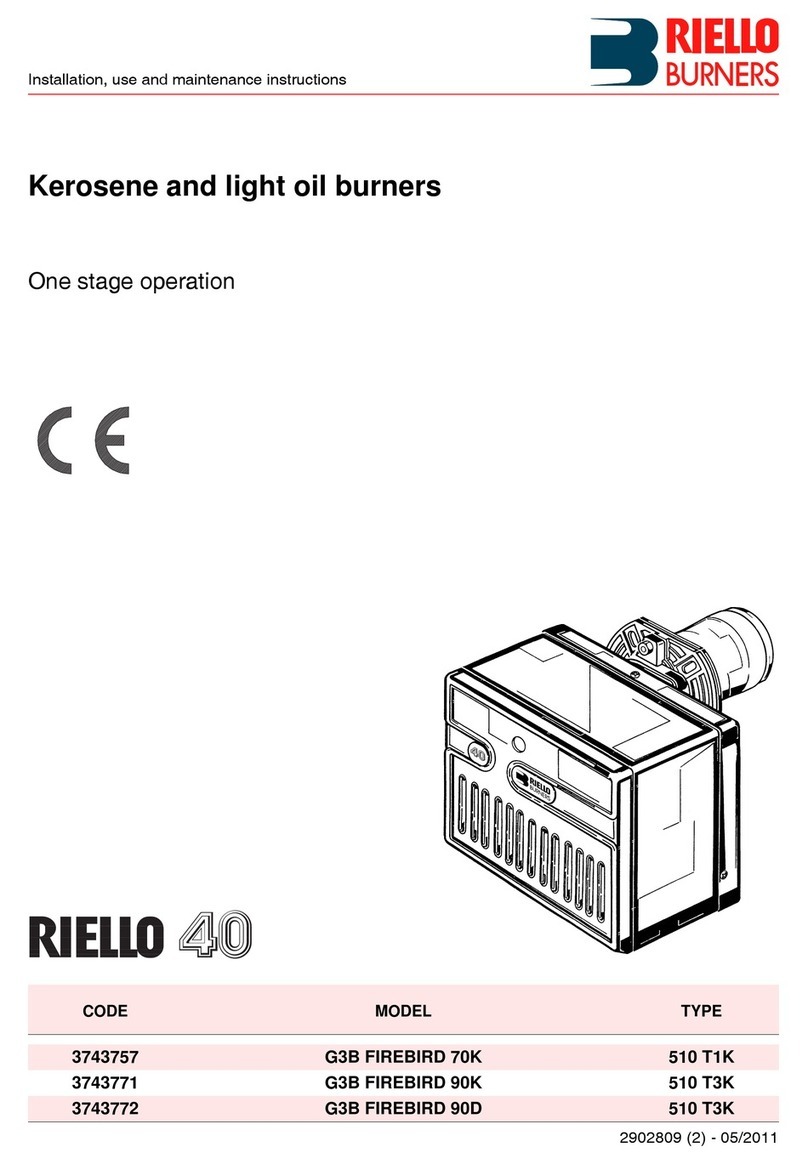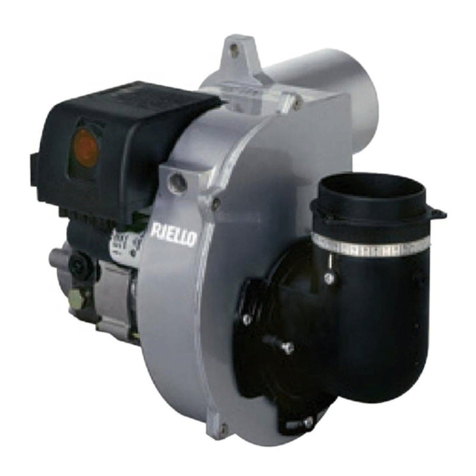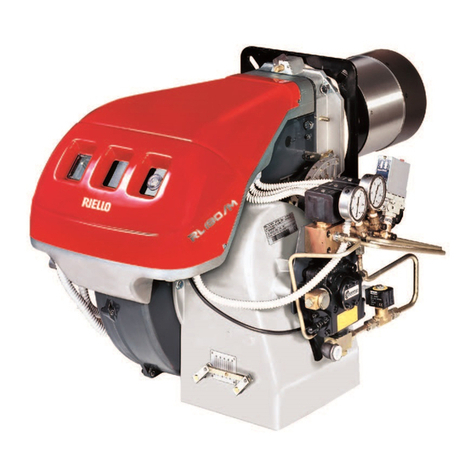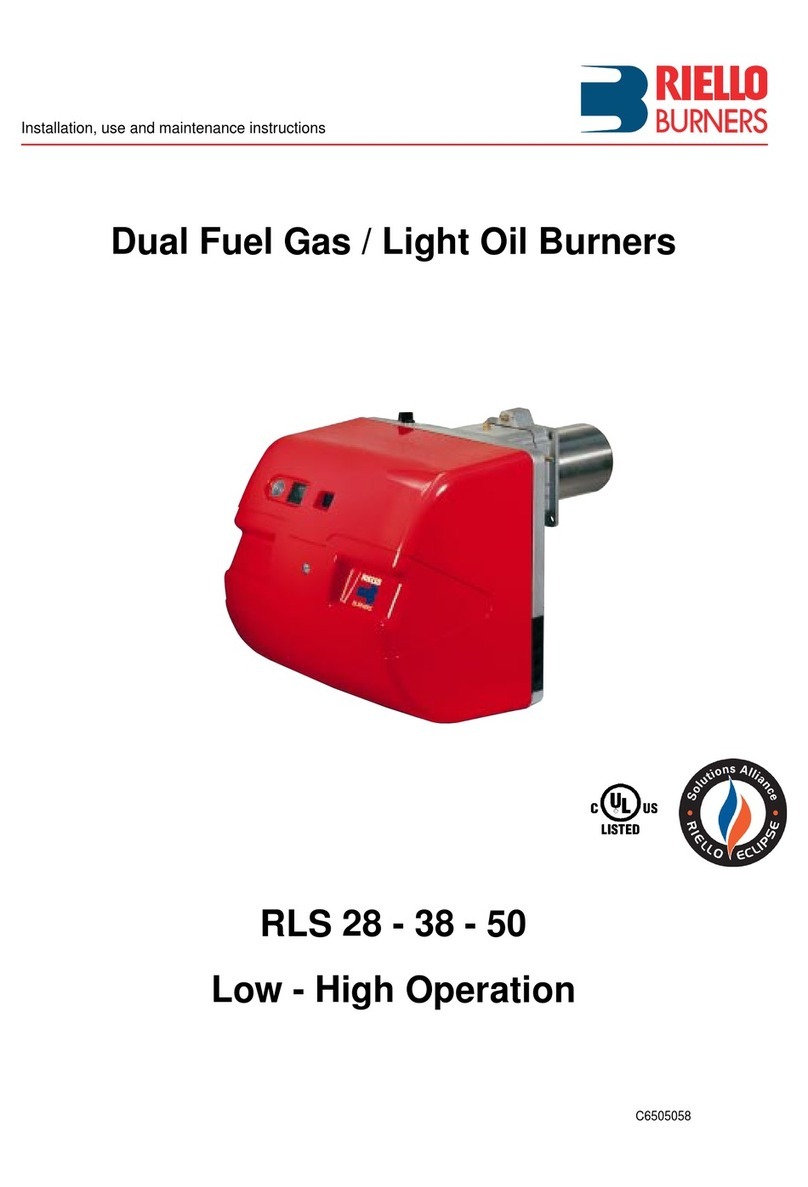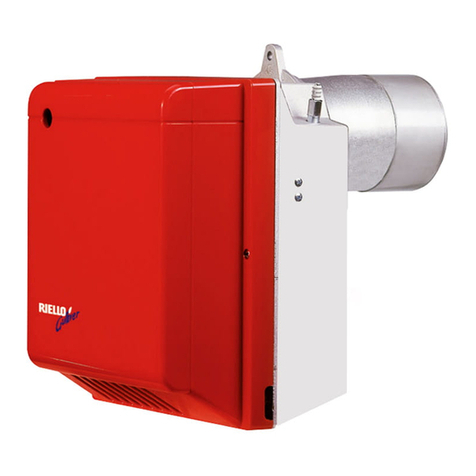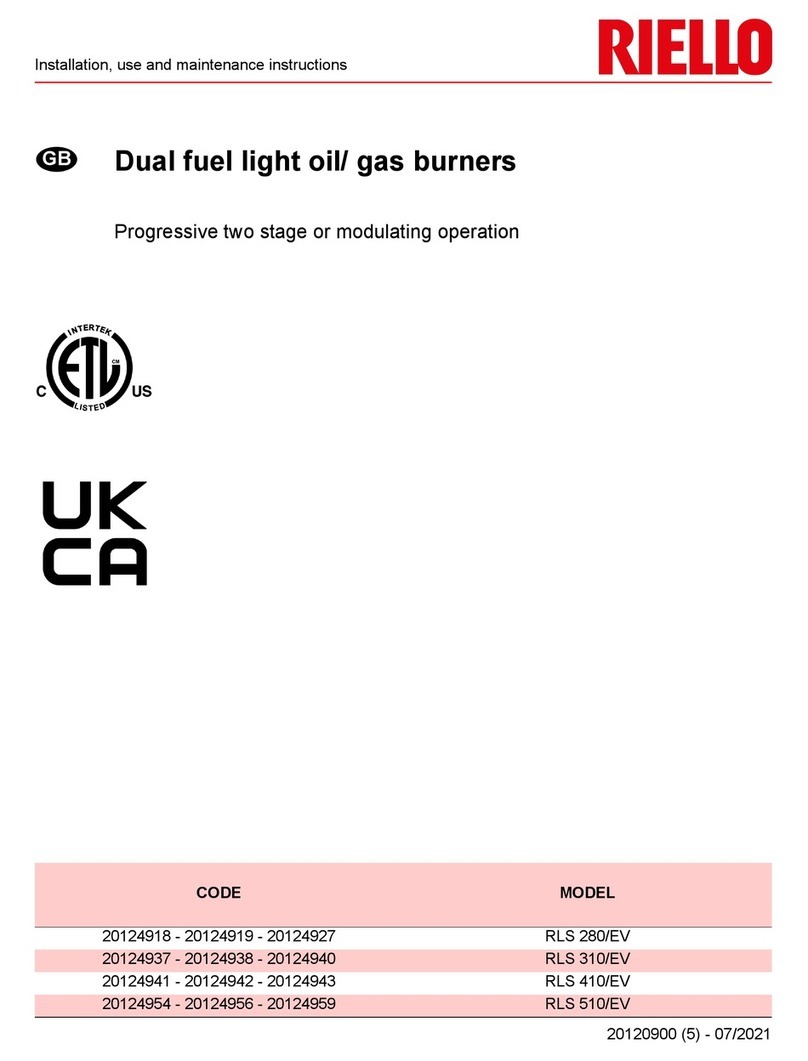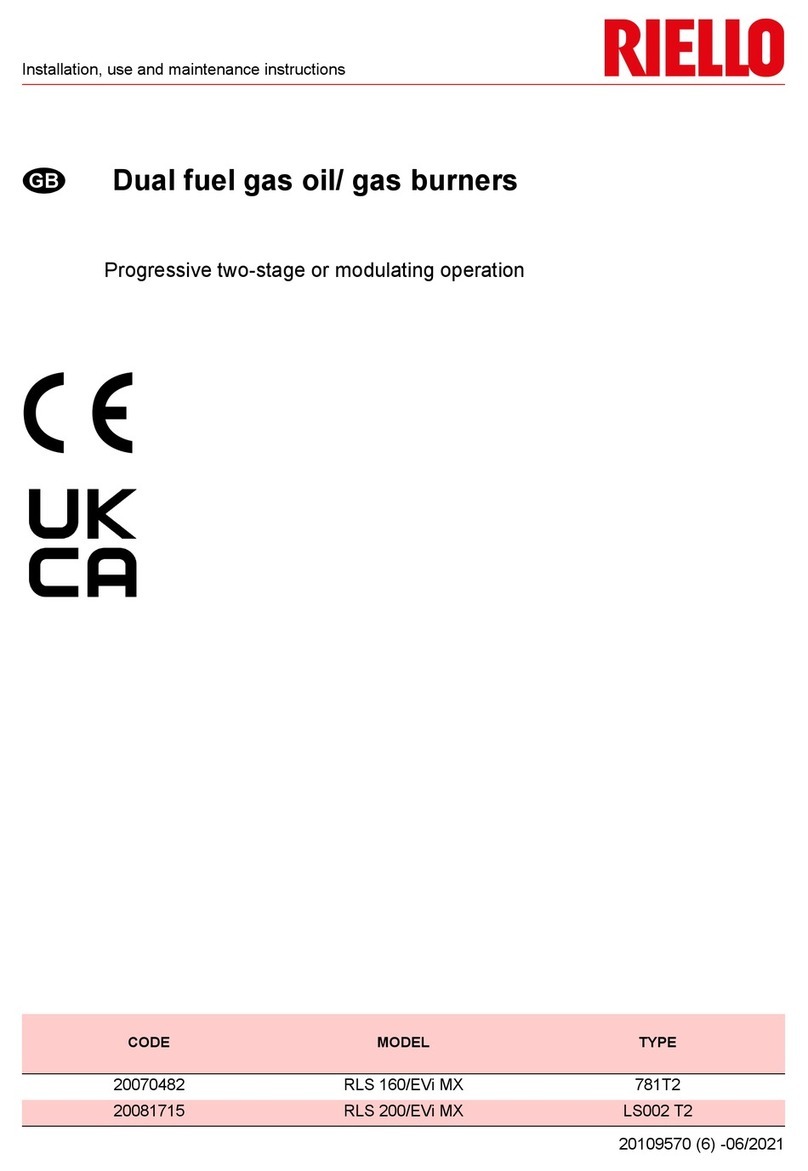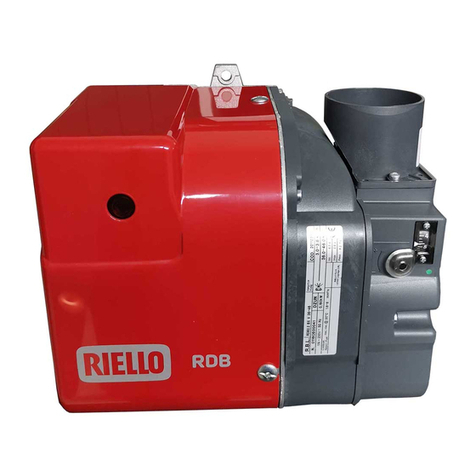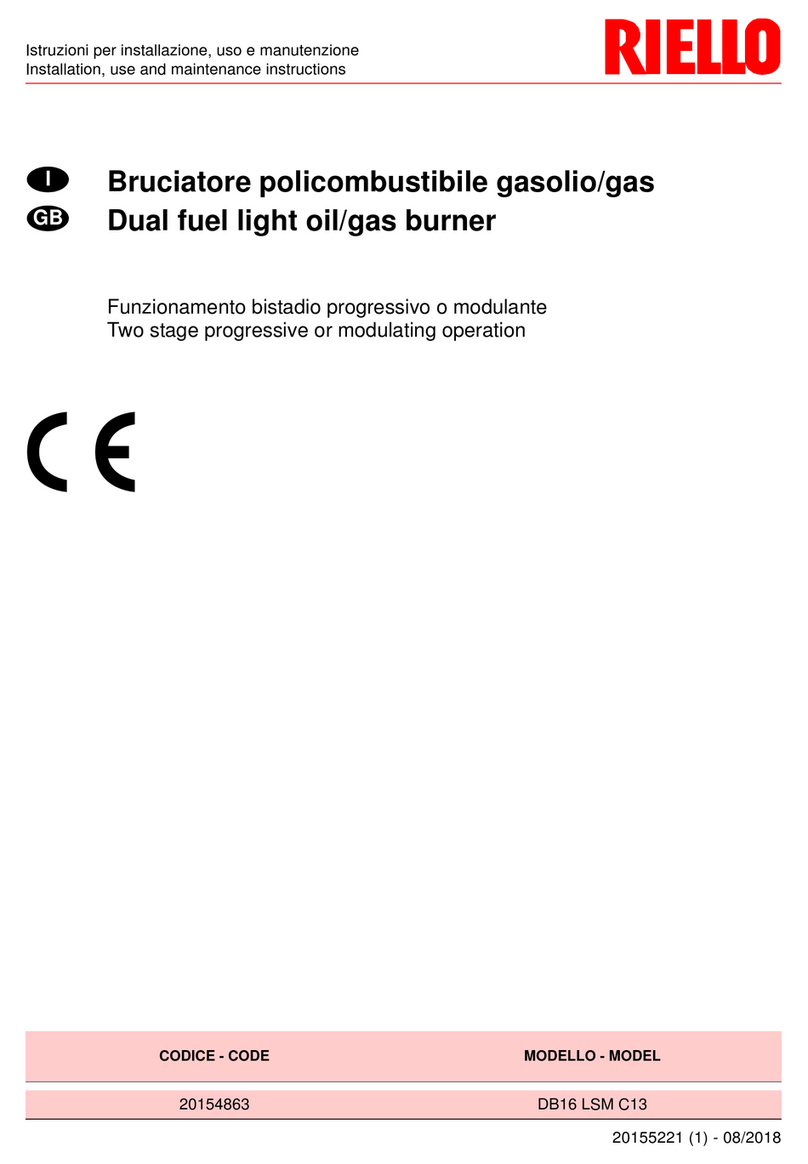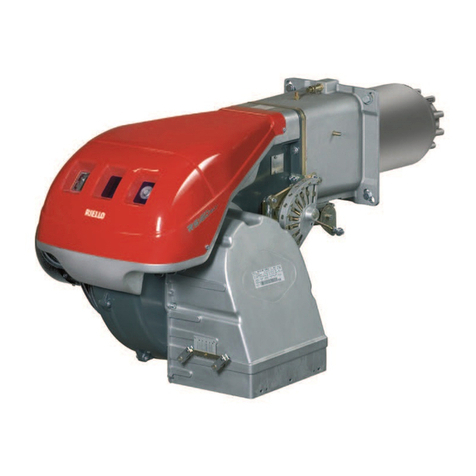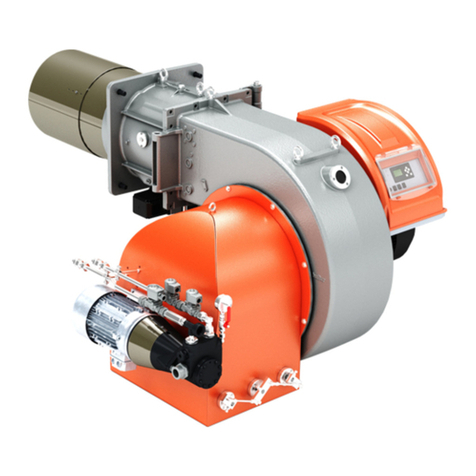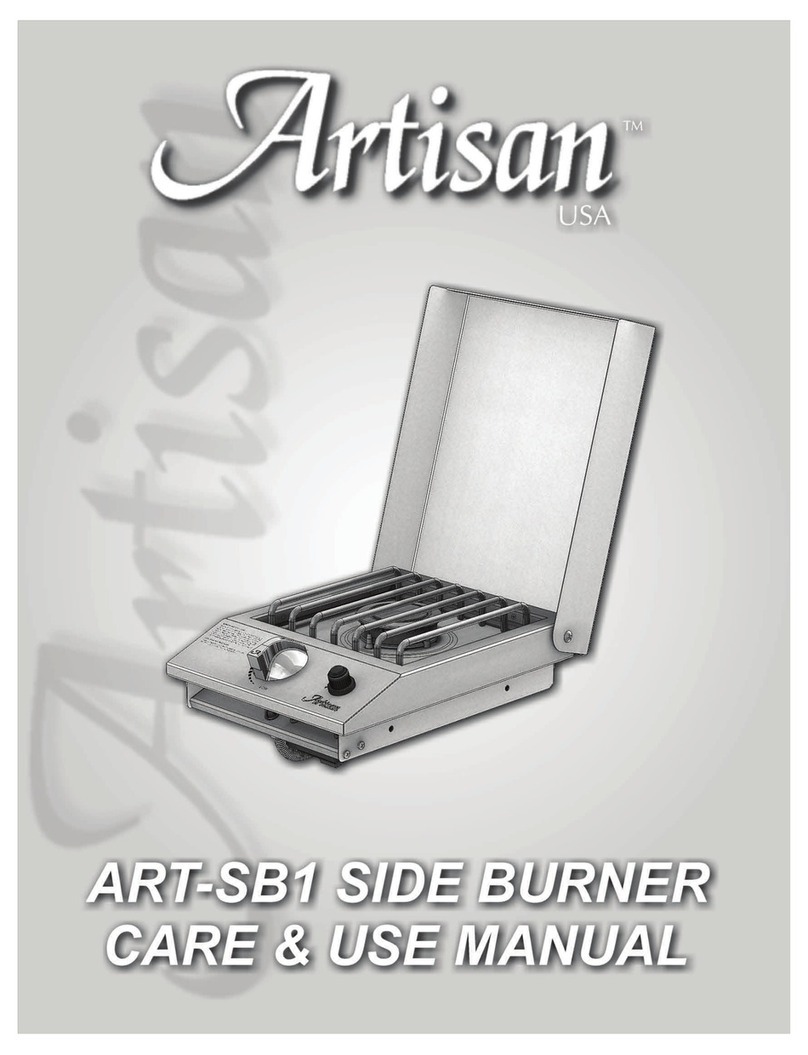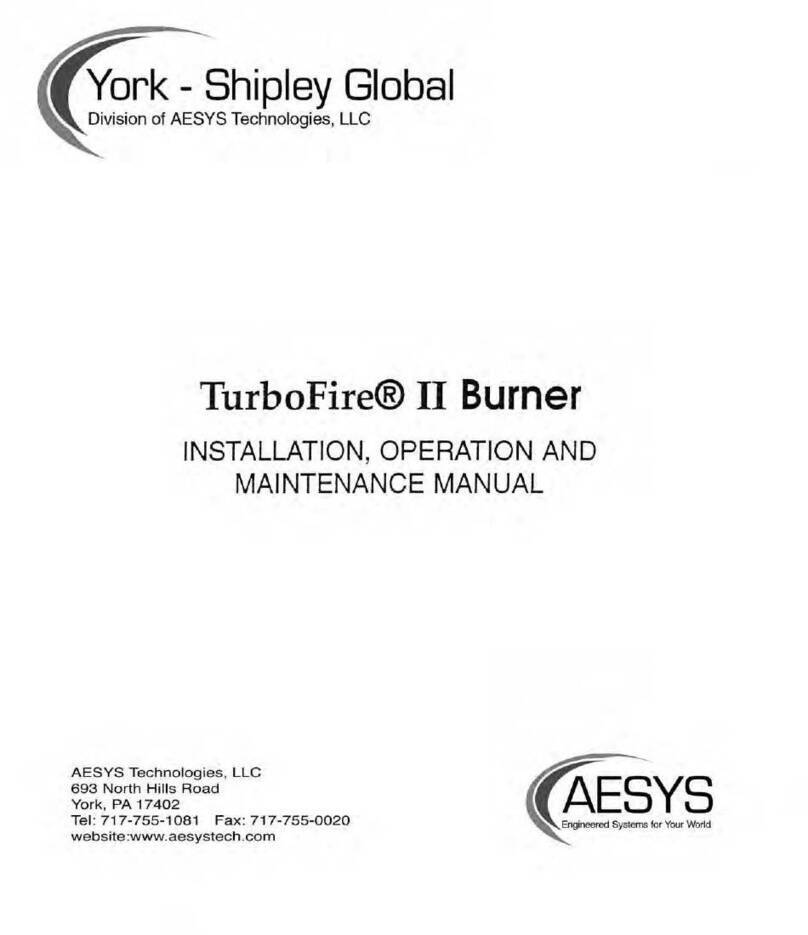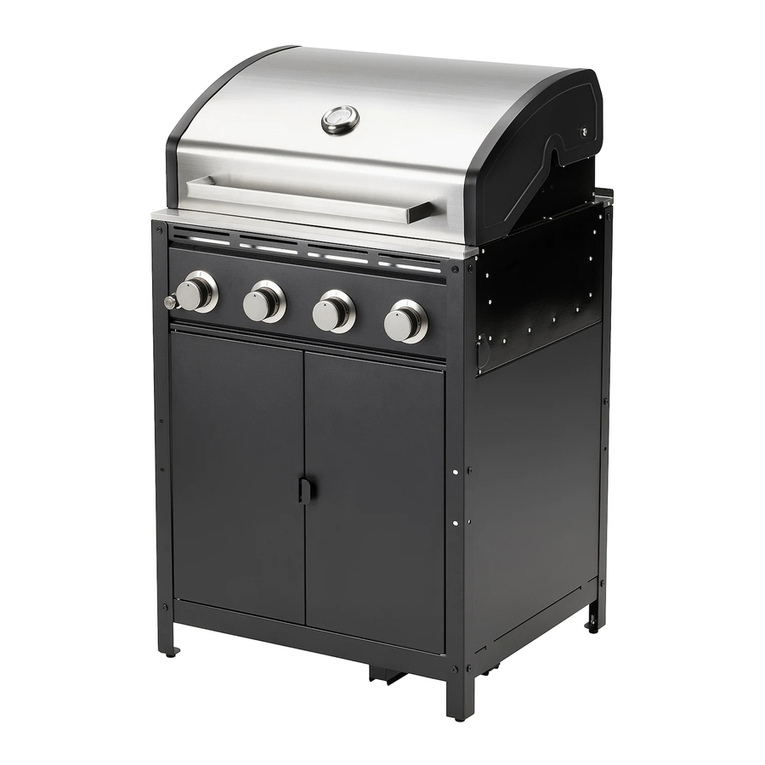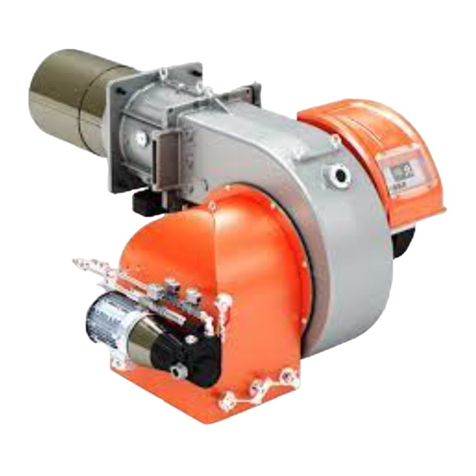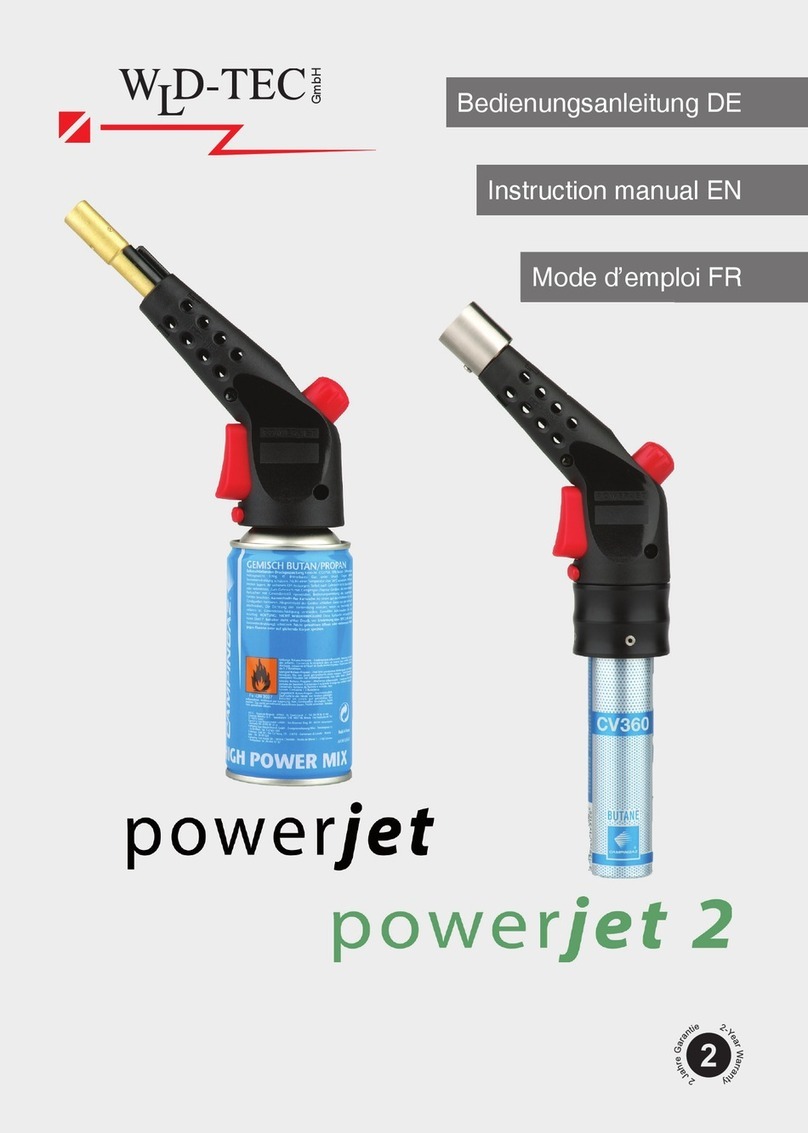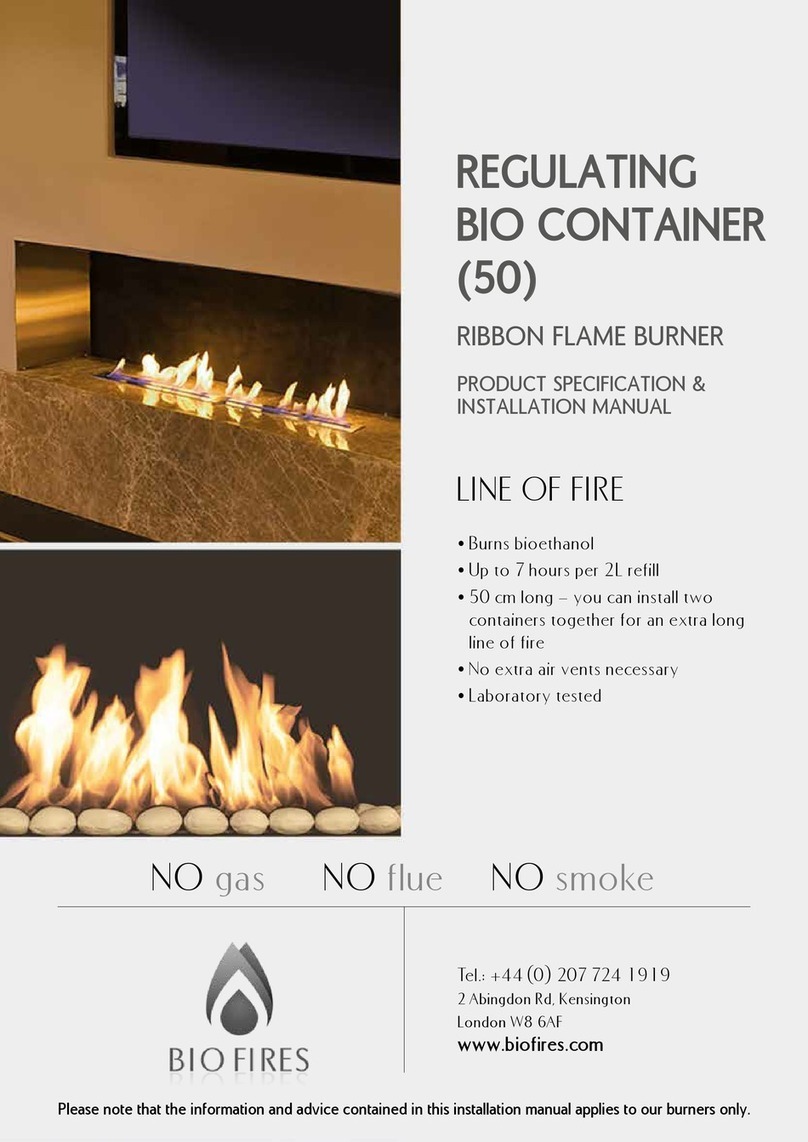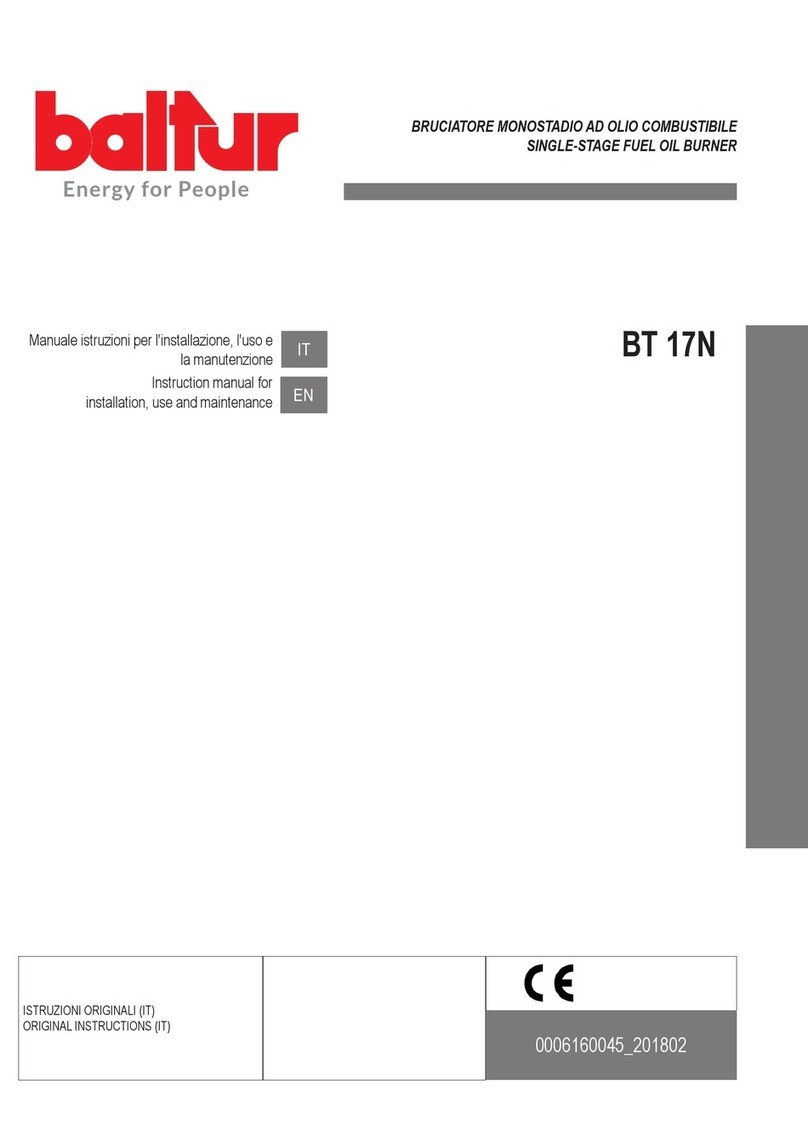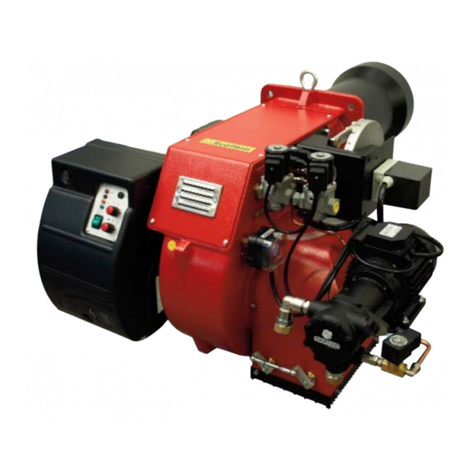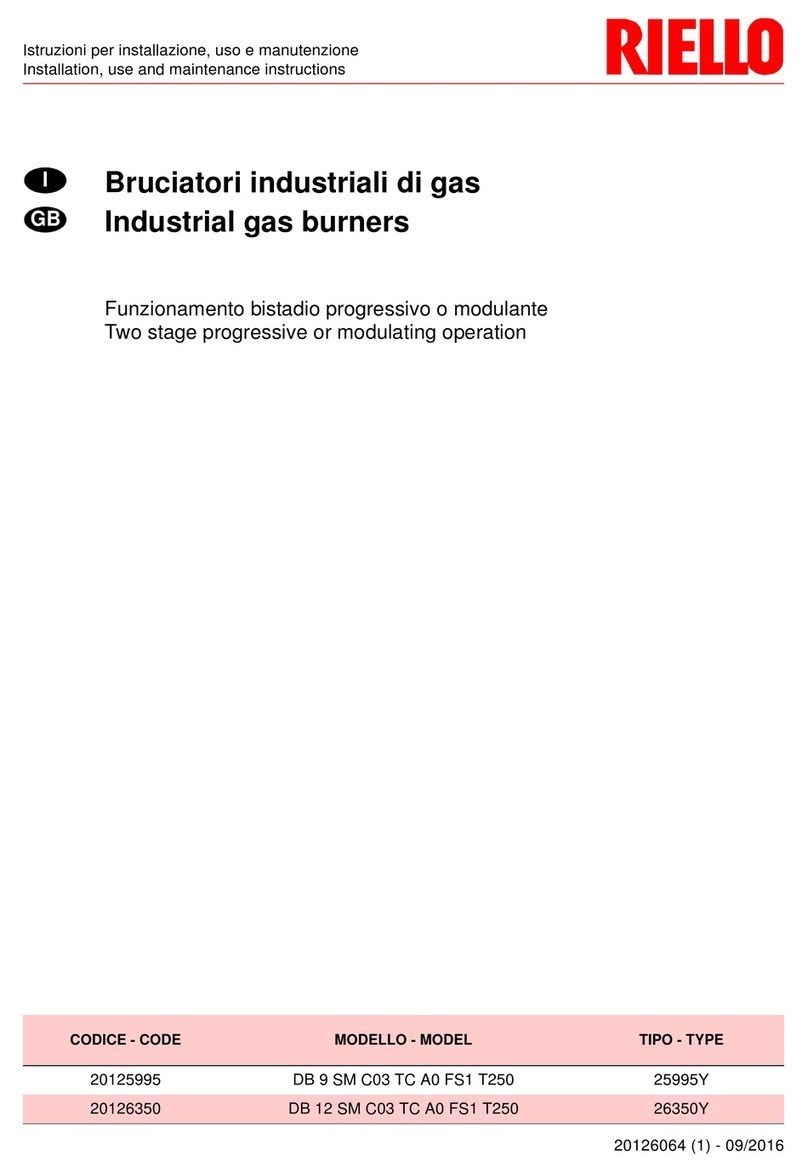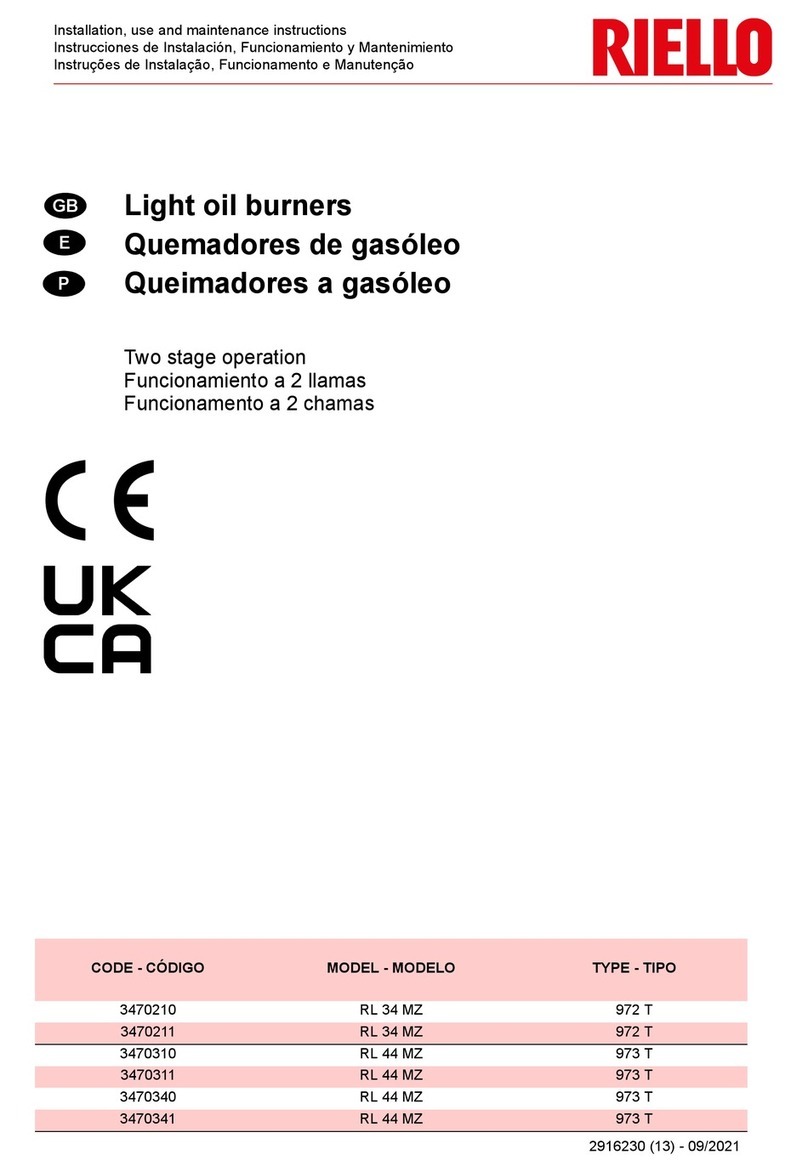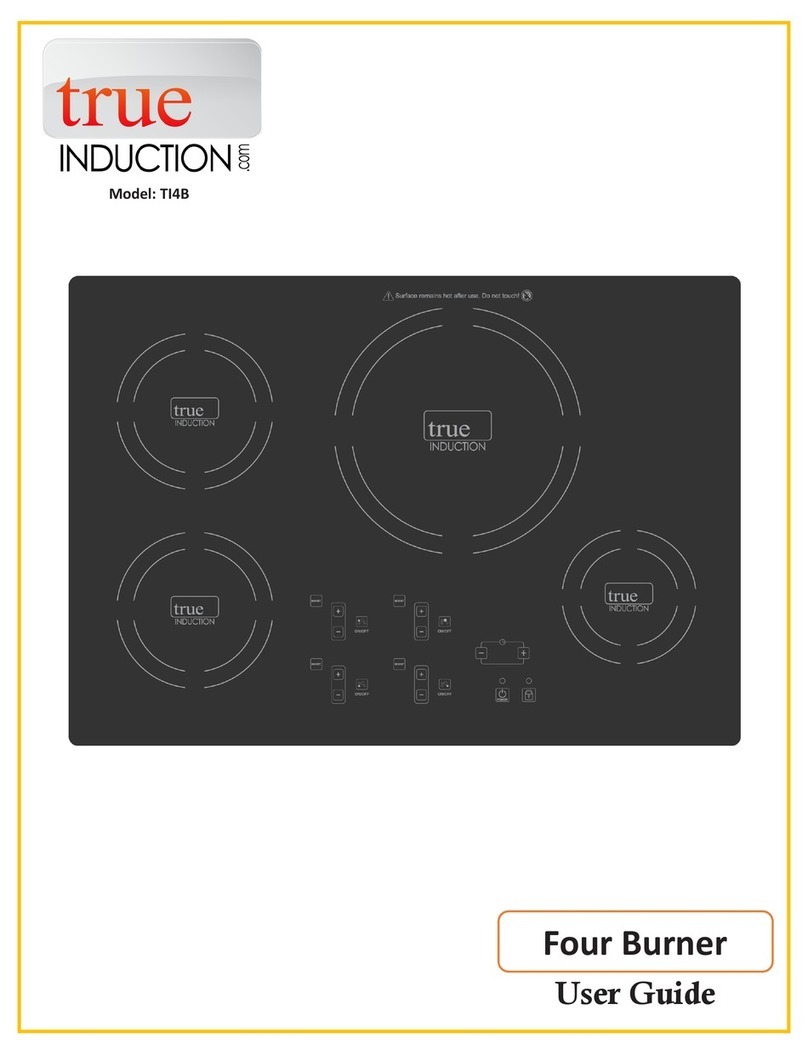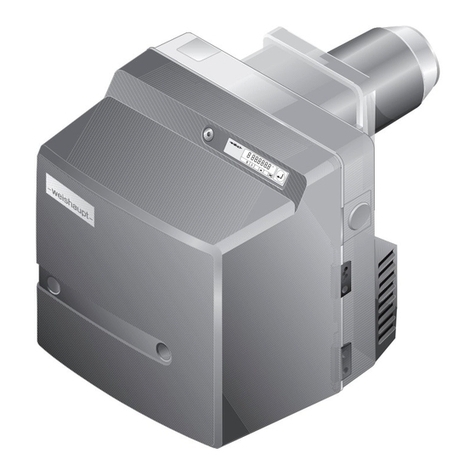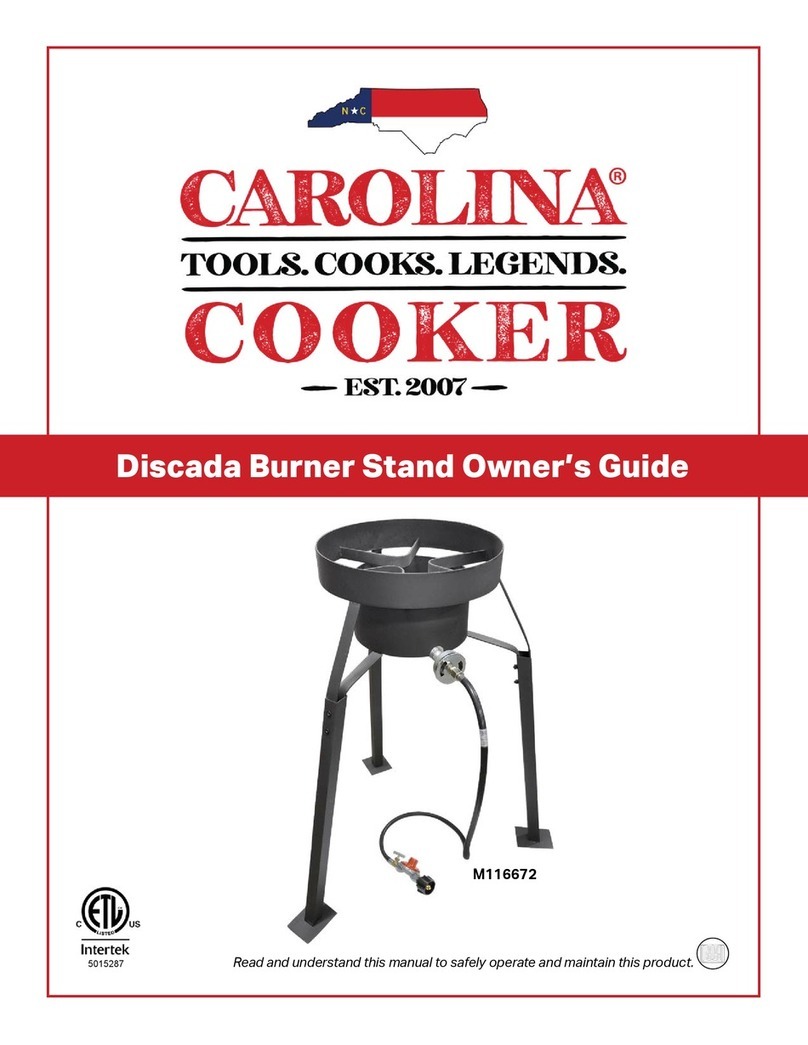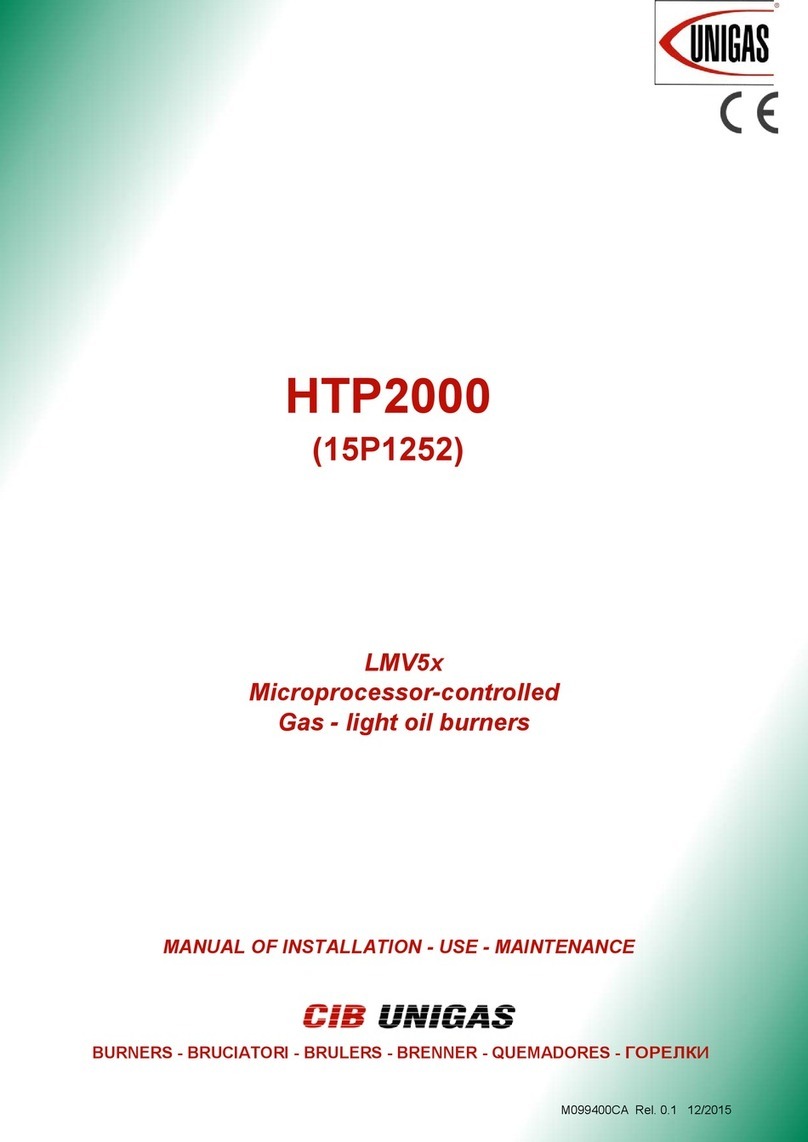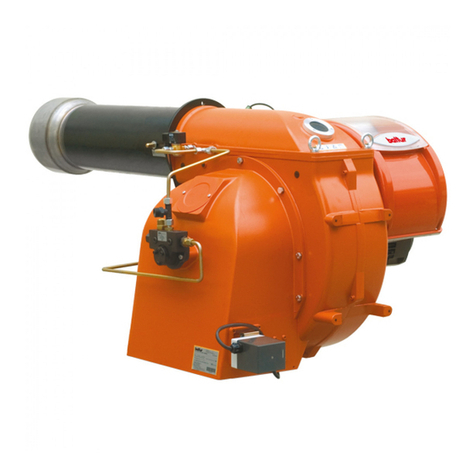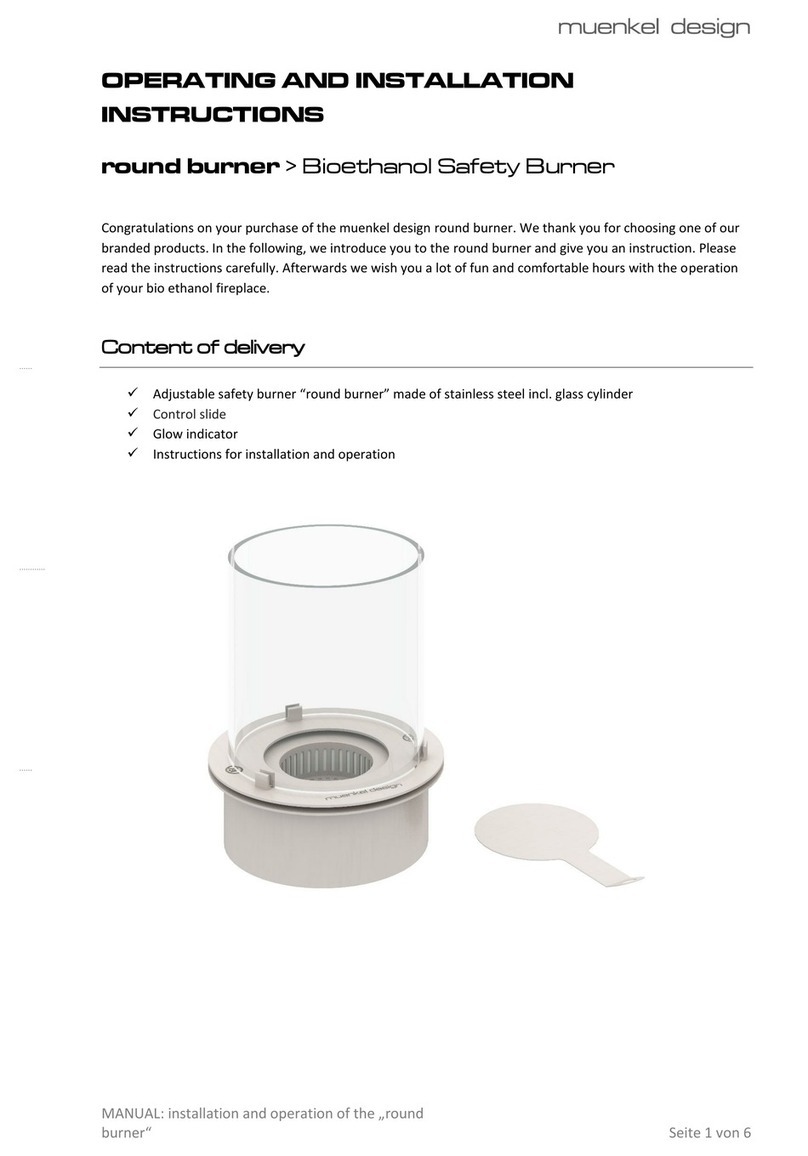
3
INDICE
GASOLIO / GAS
Dati tecnici . . . . . . . . . . . . . . . . . . . . . . . . . . . . . . . . . . . . pagina 4
Accessori . . . . . . . . . . . . . . . . . . . . . . . . . . . . . . . . . . . . . . . . . . . 4
Descrizione bruciatore . . . . . . . . . . . . . . . . . . . . . . . . . . . . . . . . . 8
Imballo - Peso . . . . . . . . . . . . . . . . . . . . . . . . . . . . . . . . . . . . . . . 8
Ingombro . . . . . . . . . . . . . . . . . . . . . . . . . . . . . . . . . . . . . . . . . . . 8
Corredo . . . . . . . . . . . . . . . . . . . . . . . . . . . . . . . . . . . . . . . . . . . . 8
Campi di lavoro . . . . . . . . . . . . . . . . . . . . . . . . . . . . . . . . . . . . . 10
Caldaia di prova . . . . . . . . . . . . . . . . . . . . . . . . . . . . . . . . . . . . . 10
Caldaie commerciali. . . . . . . . . . . . . . . . . . . . . . . . . . . . . . . . . . 10
Installazione . . . . . . . . . . . . . . . . . . . . . . . . . . . . . . . . . . . . . . . . 12
Piastra caldaia . . . . . . . . . . . . . . . . . . . . . . . . . . . . . . . . . . . . . . 12
Lunghezza boccaglio . . . . . . . . . . . . . . . . . . . . . . . . . . . . . . . . . 12
Fissaggio del bruciatore alla caldaia . . . . . . . . . . . . . . . . . . . . . 12
GASOLIO
Scelta degli ugelli per 1° e 2° stadio. . . . . . . . . . . . . . . . . . . . . . 12
Montaggio degli ugelli. . . . . . . . . . . . . . . . . . . . . . . . . . . . . . . . . 12
Regolazioni prima dell’accensione. . . . . . . . . . . . . . . . . . . . . . . 14
GASOLIO / GAS
Impianto elettrico . . . . . . . . . . . . . . . . . . . . . . . . . . . . . . . . . . . . 16
Servomotore. . . . . . . . . . . . . . . . . . . . . . . . . . . . . . . . . . . . . . . . 20
GASOLIO
Pompa . . . . . . . . . . . . . . . . . . . . . . . . . . . . . . . . . . . . . . . . . . . . 20
Alimentazione combustibile . . . . . . . . . . . . . . . . . . . . . . . . . . . . 22
Collegamenti idraulici . . . . . . . . . . . . . . . . . . . . . . . . . . . . . . . . . 22
Innesco pompa. . . . . . . . . . . . . . . . . . . . . . . . . . . . . . . . . . . . . . 22
Regolazione bruciatore . . . . . . . . . . . . . . . . . . . . . . . . . . . . . . . 24
GAS
Pressione gas. . . . . . . . . . . . . . . . . . . . . . . . . . . . . . . . . . . . . . . 26
Linea alimentazione gas. . . . . . . . . . . . . . . . . . . . . . . . . . . . . . . 28
Regolazioni prima dell’accensione. . . . . . . . . . . . . . . . . . . . . . . 30
Avviamento bruciatore . . . . . . . . . . . . . . . . . . . . . . . . . . . . . . . . 30
Accensione bruciatore . . . . . . . . . . . . . . . . . . . . . . . . . . . . . . . . 30
Regolazione bruciatore . . . . . . . . . . . . . . . . . . . . . . . . . . . . . . . 30
Funzionamento a GPL-Propano-Butano . . . . . . . . . . . . . . . . . . 34
GASOLIO / GAS
Manutenzione. . . . . . . . . . . . . . . . . . . . . . . . . . . . . . . . . . . . . . . 36
Difficoltà di funzionamento e relative cause. . . . . . . . . . . . . . . . 38
Schema idraulico . . . . . . . . . . . . . . . . . . . . . . . . . . . . . . . . . . . . 38
Controllo della combustione (a gas). . . . . . . . . . . . . . . . . . . . . . 40
Corrente elettrica alla cellula UV . . . . . . . . . . . . . . . . . . . . . . . . 40
Funzionamento bruciatore . . . . . . . . . . . . . . . . . . . . . . . . . . . . . 40
INHALT
HEIZÖL / GAS
Technische Angaben. . . . . . . . . . . . . . . . . . . . . . . . . . . . . . Seite 5
Zubehör. . . . . . . . . . . . . . . . . . . . . . . . . . . . . . . . . . . . . . . . . . . . . 5
Brennerbeschreibung . . . . . . . . . . . . . . . . . . . . . . . . . . . . . . . . . . 9
Verpackung - Gewicht. . . . . . . . . . . . . . . . . . . . . . . . . . . . . . . . . . 9
Abmessungen . . . . . . . . . . . . . . . . . . . . . . . . . . . . . . . . . . . . . . . . 9
Ausstattung . . . . . . . . . . . . . . . . . . . . . . . . . . . . . . . . . . . . . . . . . . 9
Regelbereiche. . . . . . . . . . . . . . . . . . . . . . . . . . . . . . . . . . . . . . . 11
Prüfkessel . . . . . . . . . . . . . . . . . . . . . . . . . . . . . . . . . . . . . . . . . . 11
Handelsübliche Kessel . . . . . . . . . . . . . . . . . . . . . . . . . . . . . . . . 11
Installation. . . . . . . . . . . . . . . . . . . . . . . . . . . . . . . . . . . . . . . . . . 13
Kesselplatte. . . . . . . . . . . . . . . . . . . . . . . . . . . . . . . . . . . . . . . . . 13
Flammrohrlänge . . . . . . . . . . . . . . . . . . . . . . . . . . . . . . . . . . . . . 13
Befestigung des Brenners am Heizkessel . . . . . . . . . . . . . . . . . 13
HEIZÖL
Wahl der Düsen für 1. und 2. Stufe. . . . . . . . . . . . . . . . . . . . . . . 13
Düsenmontage . . . . . . . . . . . . . . . . . . . . . . . . . . . . . . . . . . . . . . 13
Einstellungen vor der Zündung . . . . . . . . . . . . . . . . . . . . . . . . . . 15
HEIZÖL / GAS
Elektroanlage . . . . . . . . . . . . . . . . . . . . . . . . . . . . . . . . . . . . . . . 17
Stellantrieb . . . . . . . . . . . . . . . . . . . . . . . . . . . . . . . . . . . . . . . . . 21
HEIZÖL
Pumpe. . . . . . . . . . . . . . . . . . . . . . . . . . . . . . . . . . . . . . . . . . . . . 21
Brennstoffzuführung . . . . . . . . . . . . . . . . . . . . . . . . . . . . . . . . . . 23
Hydraulikanschlüsse . . . . . . . . . . . . . . . . . . . . . . . . . . . . . . . . . . 23
Einschalten der Pumpe. . . . . . . . . . . . . . . . . . . . . . . . . . . . . . . . 23
Brennereinstellung . . . . . . . . . . . . . . . . . . . . . . . . . . . . . . . . . . . 25
GAS
Gasdruck. . . . . . . . . . . . . . . . . . . . . . . . . . . . . . . . . . . . . . . . . . . 27
Gaszuleitung . . . . . . . . . . . . . . . . . . . . . . . . . . . . . . . . . . . . . . . . 29
Einstellungen vor der Zündung . . . . . . . . . . . . . . . . . . . . . . . . . . 31
Anfahren des Brenners . . . . . . . . . . . . . . . . . . . . . . . . . . . . . . . . 31
Zündung des Brenners . . . . . . . . . . . . . . . . . . . . . . . . . . . . . . . . 31
Brennereinstellung . . . . . . . . . . . . . . . . . . . . . . . . . . . . . . . . . . . 31
Flüssigas-Propangas-Butangas-Betrieb . . . . . . . . . . . . . . . . . . . 35
HEIZÖL / GAS
Wartung. . . . . . . . . . . . . . . . . . . . . . . . . . . . . . . . . . . . . . . . . . . . 37
Schwierigkeiten beim Anfahren und Ursachen . . . . . . . . . . . . . . 39
Hydraulikschaltplan. . . . . . . . . . . . . . . . . . . . . . . . . . . . . . . . . . . 39
Überprüffung der Verbrennung bei Gasbetrieb. . . . . . . . . . . . . . 41
Strom an der UV Zelle. . . . . . . . . . . . . . . . . . . . . . . . . . . . . . . . . 41
Brennerbetrieb . . . . . . . . . . . . . . . . . . . . . . . . . . . . . . . . . . . . . . 41
CONTENTS
LIGHT OIL / GAS
Technical data . . . . . . . . . . . . . . . . . . . . . . . . . . . . . . . . . . .page 6
Accessories . . . . . . . . . . . . . . . . . . . . . . . . . . . . . . . . . . . . . . . . . 6
Burner description . . . . . . . . . . . . . . . . . . . . . . . . . . . . . . . . . . . . 9
Packaging - Weight . . . . . . . . . . . . . . . . . . . . . . . . . . . . . . . . . . . 9
Max. dimensions . . . . . . . . . . . . . . . . . . . . . . . . . . . . . . . . . . . . . 9
Standard equipment . . . . . . . . . . . . . . . . . . . . . . . . . . . . . . . . . . . 9
Firing rates . . . . . . . . . . . . . . . . . . . . . . . . . . . . . . . . . . . . . . . . . .11
Test boiler. . . . . . . . . . . . . . . . . . . . . . . . . . . . . . . . . . . . . . . . . . .11
Commercial boilers. . . . . . . . . . . . . . . . . . . . . . . . . . . . . . . . . . . .11
Installation . . . . . . . . . . . . . . . . . . . . . . . . . . . . . . . . . . . . . . . . . 13
Boiler plate . . . . . . . . . . . . . . . . . . . . . . . . . . . . . . . . . . . . . . . . . 13
Blast tube length . . . . . . . . . . . . . . . . . . . . . . . . . . . . . . . . . . . . 13
Securing the burner to the boiler . . . . . . . . . . . . . . . . . . . . . . . . 13
LIGHT OIL
Choice of nozzles for the 1st and 2nd stage . . . . . . . . . . . . . . . 13
Nozzle assembly . . . . . . . . . . . . . . . . . . . . . . . . . . . . . . . . . . . . 13
Calibrations before firing . . . . . . . . . . . . . . . . . . . . . . . . . . . . . . 15
LIGHT OIL / GAS
Electrical system . . . . . . . . . . . . . . . . . . . . . . . . . . . . . . . . . . . . 17
Servomotor. . . . . . . . . . . . . . . . . . . . . . . . . . . . . . . . . . . . . . . . . 21
LIGHT OIL
Pump . . . . . . . . . . . . . . . . . . . . . . . . . . . . . . . . . . . . . . . . . . . . . 21
Fuel supply. . . . . . . . . . . . . . . . . . . . . . . . . . . . . . . . . . . . . . . . . 23
Hydraulic connections . . . . . . . . . . . . . . . . . . . . . . . . . . . . . . . . 23
Pump priming . . . . . . . . . . . . . . . . . . . . . . . . . . . . . . . . . . . . . . . 23
Burner calibration. . . . . . . . . . . . . . . . . . . . . . . . . . . . . . . . . . . . 25
GAS
Gas pressure . . . . . . . . . . . . . . . . . . . . . . . . . . . . . . . . . . . . . . . 27
Gas line . . . . . . . . . . . . . . . . . . . . . . . . . . . . . . . . . . . . . . . . . . . 29
Adjustment before firing . . . . . . . . . . . . . . . . . . . . . . . . . . . . . . . 31
Burner starting . . . . . . . . . . . . . . . . . . . . . . . . . . . . . . . . . . . . . . 31
Burner firing . . . . . . . . . . . . . . . . . . . . . . . . . . . . . . . . . . . . . . . . 31
Burner calibration. . . . . . . . . . . . . . . . . . . . . . . . . . . . . . . . . . . . 31
LPG-Propane-Butane operation. . . . . . . . . . . . . . . . . . . . . . . . . 35
LIGHT OIL / GAS
Maintenance. . . . . . . . . . . . . . . . . . . . . . . . . . . . . . . . . . . . . . . . 37
Burner starting difficulties and their causes . . . . . . . . . . . . . . . . 39
Hydraulic system layout . . . . . . . . . . . . . . . . . . . . . . . . . . . . . . . 39
Gas combustion checks . . . . . . . . . . . . . . . . . . . . . . . . . . . . . . . 41
Current to the UV photocell . . . . . . . . . . . . . . . . . . . . . . . . . . . . 41
Burner operation. . . . . . . . . . . . . . . . . . . . . . . . . . . . . . . . . . . . . 41
INDEX
FIOUL / GAZ
Données techniques . . . . . . . . . . . . . . . . . . . . . . . . . . . . . . page 7
Accessoires. . . . . . . . . . . . . . . . . . . . . . . . . . . . . . . . . . . . . . . . . . 7
Description brûleur . . . . . . . . . . . . . . . . . . . . . . . . . . . . . . . . . . . . 9
Emballage - Poids. . . . . . . . . . . . . . . . . . . . . . . . . . . . . . . . . . . . . 9
Encombrement . . . . . . . . . . . . . . . . . . . . . . . . . . . . . . . . . . . . . . . 9
Equipement standard . . . . . . . . . . . . . . . . . . . . . . . . . . . . . . . . . . 9
Plages de puissance. . . . . . . . . . . . . . . . . . . . . . . . . . . . . . . . . . 11
Chaudière d’essai . . . . . . . . . . . . . . . . . . . . . . . . . . . . . . . . . . . . 11
Chaudières commerciales. . . . . . . . . . . . . . . . . . . . . . . . . . . . . . 11
Installation. . . . . . . . . . . . . . . . . . . . . . . . . . . . . . . . . . . . . . . . . . 13
Plaque chaudière . . . . . . . . . . . . . . . . . . . . . . . . . . . . . . . . . . . . 13
Longueur buse . . . . . . . . . . . . . . . . . . . . . . . . . . . . . . . . . . . . . . 13
Fixation du brûleur à la chaudière. . . . . . . . . . . . . . . . . . . . . . . . 13
FIOUL
Choix des gicleurs pour 1ère et 2ème allure. . . . . . . . . . . . . . . . 13
Montage des gicleurs . . . . . . . . . . . . . . . . . . . . . . . . . . . . . . . . . 13
Réglages avant l’allumage . . . . . . . . . . . . . . . . . . . . . . . . . . . . . 15
FIOUL / GAZ
Installation électrique . . . . . . . . . . . . . . . . . . . . . . . . . . . . . . . . . 17
Servomoteur . . . . . . . . . . . . . . . . . . . . . . . . . . . . . . . . . . . . . . . . 21
FIOUL
Pompe. . . . . . . . . . . . . . . . . . . . . . . . . . . . . . . . . . . . . . . . . . . . . 21
Alimentation combustible . . . . . . . . . . . . . . . . . . . . . . . . . . . . . . 23
Raccordements hydrauliques . . . . . . . . . . . . . . . . . . . . . . . . . . . 23
Amorçage pompe . . . . . . . . . . . . . . . . . . . . . . . . . . . . . . . . . . . . 23
Réglage brûleur. . . . . . . . . . . . . . . . . . . . . . . . . . . . . . . . . . . . . . 25
GAZ
Pression du gaz . . . . . . . . . . . . . . . . . . . . . . . . . . . . . . . . . . . . . 27
Ligne alimentation gaz . . . . . . . . . . . . . . . . . . . . . . . . . . . . . . . . 29
Réglages avant l’allumage . . . . . . . . . . . . . . . . . . . . . . . . . . . . . 31
Démarrage brûleur . . . . . . . . . . . . . . . . . . . . . . . . . . . . . . . . . . . 31
Allumage brûleur. . . . . . . . . . . . . . . . . . . . . . . . . . . . . . . . . . . . . 31
Réglage brûleur. . . . . . . . . . . . . . . . . . . . . . . . . . . . . . . . . . . . . . 31
Fonctionnement au GPL-Propane-Butane . . . . . . . . . . . . . . . . . 35
FIOUL / GAZ
Entretien . . . . . . . . . . . . . . . . . . . . . . . . . . . . . . . . . . . . . . . . . . . 37
Difficultés de fonctionnement et causes possibles . . . . . . . . . . . 39
Schéma hydraulique . . . . . . . . . . . . . . . . . . . . . . . . . . . . . . . . . . 39
Contrôle de la combustion (pour gaz). . . . . . . . . . . . . . . . . . . . . 41
Courant à la cellule UV . . . . . . . . . . . . . . . . . . . . . . . . . . . . . . . . 41
Fonctionnement brûleur . . . . . . . . . . . . . . . . . . . . . . . . . . . . . . . 41
